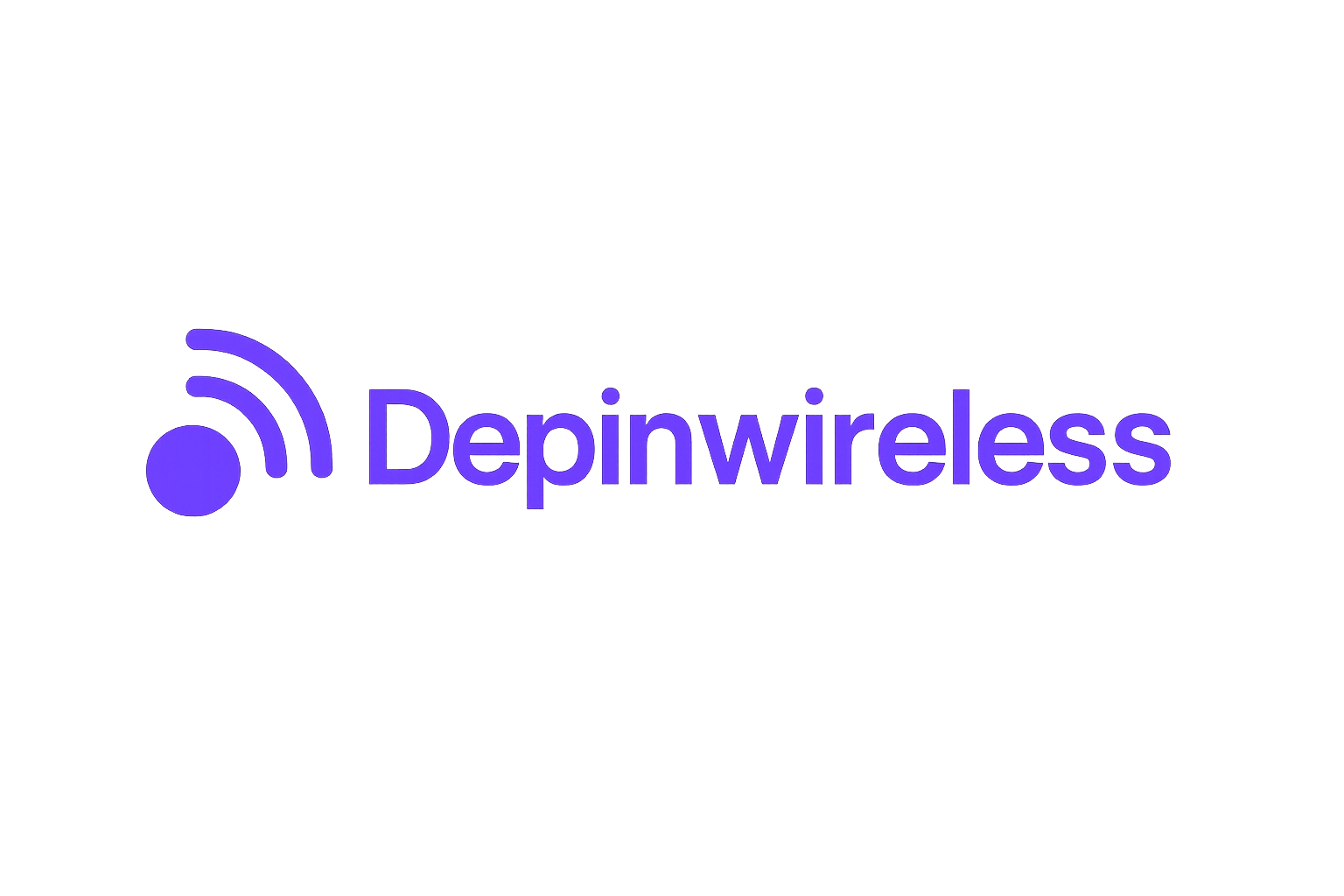
Helium’s decentralized wireless movement intensified in 2024, as Helium 5G hotspots became the backbone for a new era of decentralized IoT networks. What began as an experiment in peer-to-peer connectivity has evolved into a robust, blockchain-powered infrastructure that is directly challenging the legacy telecom model. The numbers are hard to ignore: Helium’s active hotspots surged from 33,409 to 109,754 within just nine months, marking a staggering 227% year-to-date increase. This rapid expansion is not just statistical noise, it signals a fundamental shift in how smart devices and urban environments connect.

How Helium’s Decentralized Model Empowers IoT Connectivity
The traditional approach to IoT connectivity has always been hampered by high costs, limited coverage, and centralized control. Helium’s answer is radical yet elegantly simple: let individuals and small businesses deploy carrier-grade 5G cells themselves. Powered by blockchain incentives and open participation, each hotspot acts as both a data relay and a node in the network’s Proof-of-Coverage consensus mechanism.
This model fits perfectly with the needs of modern IoT deployments, think smart meters, environmental sensors, logistics trackers, where vast geographic coverage is essential but data usage per device remains low. By Q4 2024, Helium had processed over 576 terabytes of offloaded data, representing a mind-bending 555% quarter-over-quarter increase. The network’s utility isn’t theoretical; it’s being measured daily in terabytes of real-world data moved across its decentralized infrastructure.
The HNT Incentive Engine: Fueling Network Growth at $2.49 per Token
Central to Helium’s flywheel is its native token, HNT. As of November 2025, HNT trades at $2.49, with operators earning tokens for providing reliable coverage and relaying authenticated data packets. This incentive structure has proven highly effective, turning everyday citizens into micro-telcos and unleashing grassroots network effects at scale.
The economics are pragmatic: instead of paying steep monthly fees to traditional carriers or investing in proprietary infrastructure, participants can deploy off-the-shelf hotspots and earn direct rewards for their contribution to decentralized wireless infrastructure. This model democratizes access while ensuring that network expansion aligns with real demand for coverage, not just corporate ROI targets.
Strategic Partnerships Accelerate Mainstream Adoption
If grassroots growth was the first act of Helium’s story, strategic partnerships are Act Two. In April 2025, AT and amp;T announced integration with the Helium Network, a watershed moment that validated decentralized wireless as more than just a fringe experiment. Movistar followed suit in Mexico, enabling seamless handoffs between traditional cellular towers and community-powered hotspots.
These collaborations have supercharged adoption rates and allowed major carriers to offload surging mobile data traffic onto the Helium backbone, particularly in bandwidth-hungry urban corridors where conventional infrastructure is costly or saturated. The result? Monthly data offloading hit 20.47 terabytes, underscoring rising utility for both enterprise-scale applications (like video surveillance) and next-gen autonomous systems.
This fusion of decentralized hardware incentives with big-tent telecom partnerships positions Helium at the center of the evolving smart city landscape, where reliable connectivity is no longer a luxury but an absolute necessity.
Real-World Impact: Urban IoT and the Evolution of Smart Cities
Helium’s 5G hotspots are not just technical marvels; they are actively shaping the landscape of smart city connectivity. By providing high-bandwidth, low-latency coverage in dense urban environments, these hotspots enable a new class of applications that were previously impractical or cost-prohibitive. Municipalities and private developers now leverage Helium-powered infrastructure for everything from real-time traffic analytics to remote asset monitoring and automated public safety systems. The ability to deploy decentralized wireless at scale means smart lighting, waste management, air quality sensors, and even autonomous vehicle networks can operate reliably without being tethered to a single corporate provider.
Consider the surge in urban deployments, where thousands of Helium 5G hotspots have been installed on rooftops, lamp posts, and commercial buildings. This grassroots approach not only boosts coverage but also creates a resilient mesh that can adapt as cities grow and change. The network’s open architecture invites innovation from startups and established enterprises alike, driving an ecosystem where new IoT solutions can be rapidly tested and scaled.
Challenges Ahead: Scaling Governance and Sustaining Incentives
Despite its momentum, Helium faces a set of pragmatic challenges as it matures. Network governance must evolve to handle growth without sacrificing decentralization or security. The introduction of subDAO frameworks has helped distribute decision-making among specialized groups focused on IoT or 5G verticals, but questions remain about long-term scalability and conflict resolution as the ecosystem expands.
On the economic side, sustaining meaningful HNT rewards at current price levels ($2.49 per token) will require ongoing demand for both coverage and data transfer. As competition in the DePIN wireless space intensifies, Helium must continue to deliver tangible value to device operators and data consumers alike. Regulatory uncertainties around spectrum use and telecom partnerships also loom large, especially as legacy carriers become more deeply intertwined with decentralized models.
What Comes Next for Decentralized Wireless?
The trajectory is clear: decentralized wireless is moving from experiment to essential infrastructure. Helium’s model, combining blockchain incentives with open hardware, has proven its viability at scale. With major telecoms onboard, real-world IoT deployments flourishing, and a robust HNT incentive engine humming along at $2.49 per token, the network is poised for continued expansion into new markets and use cases.
The next wave will likely see further integration with edge computing platforms, tighter interoperability with other DePIN projects, and more sophisticated governance mechanisms designed to balance agility with accountability. For investors and technology leaders tracking the evolution of blockchain wireless, Helium’s progress in 2024 sets an instructive benchmark, and signals that the future of connectivity may be far more decentralized than anyone imagined just a few years ago.






